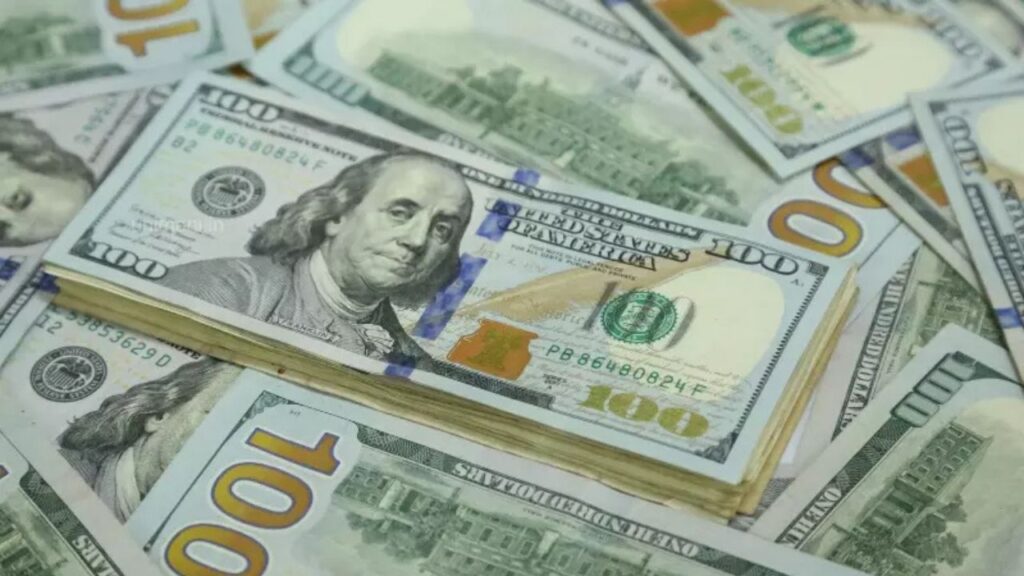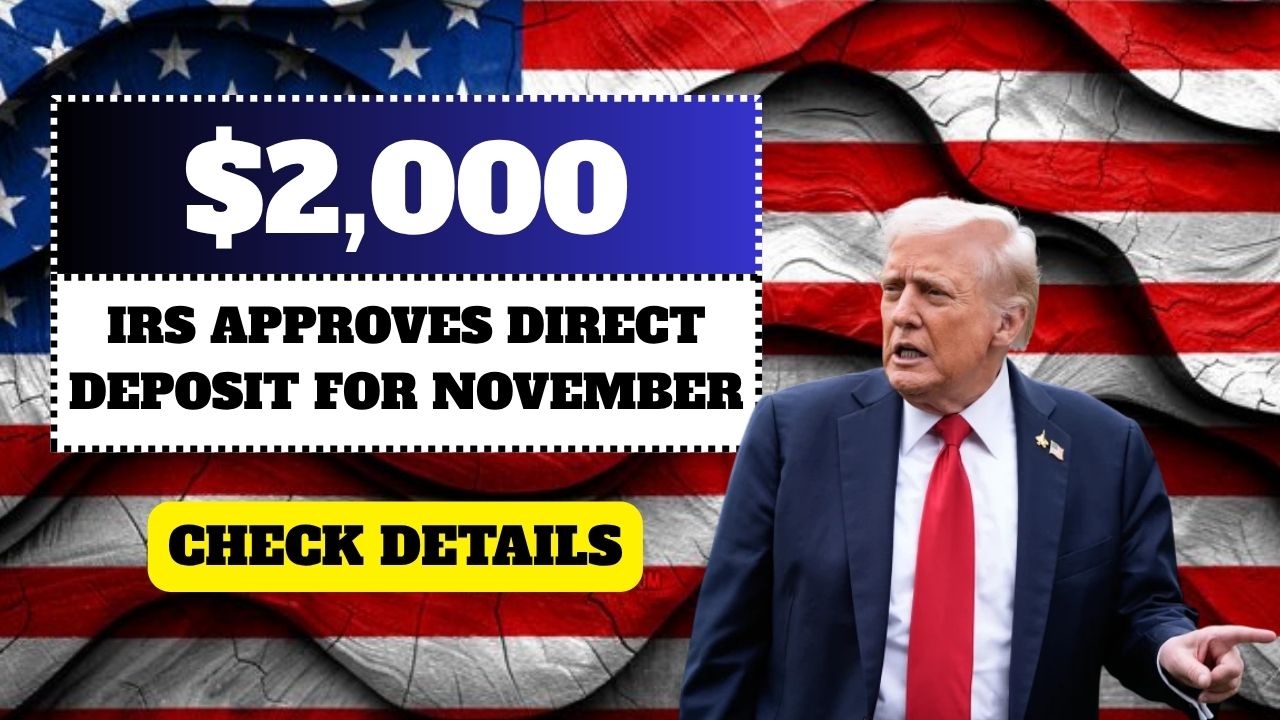The idea of a one-time $2,000 direct deposit by using the Internal Revenue Service (IRS) for November 2025 has generated enormous buzz — however it is essential to separate reality from fiction. While several online articles endorse approval of this kind of payment, authoritative assets affirm that no new federal payment of $2,000 has been formally authorized for November 2025.
Below is a breakdown of what we recognize, what remains speculative, eligibility (if it have been accredited), payment dates, a way to claim it and the key end.
What Is the $2,000 IRS Direct Deposit?
The $2,000 payment is a one-time federal relief deposit issued by the Internal Revenue Service (IRS). It is designed to lessen financial stress and help Americans manage important fees at some point of the excessive-cost winter and excursion season. The IRS will use tax statistics and federal gain records to send payments mechanically, normally through direct deposit.
Eligibility for the $2,000 Payment
Basic Requirements
To qualify for the overall charge, you have to:
- Be a U.S. Citizen or lawful permanent resident
- Have a legitimate Social Security Number (SSN) or Taxpayer Identification Number (TIN)
- Have filed a 2024 federal tax return
Income Limits for Full Benefit
| Filing Status | Maximum Income for Full $2,000 |
|---|---|
| Single | $75,000 or less |
| Married Filing Jointly | $150,000 or less |
| Head of Household | $112,500 or less |
Those earning above these limits may receive a reduced amount based on IRS guidelines.
Automatically Eligible Groups
The following groups do not need to apply:
- Social Security recipients (SSI or SSDI)
- Veterans Affairs (VA) beneficiaries
- Federal retirees and survivor benefit recipients
The IRS will use their existing account information to process the payment.

Payment Schedule for November 2025
Expected Direct Deposit Timeline
- Direct Deposits: November 18 – December 10, 2025
- Federal Benefit Recipients: Payments may additionally arrive earlier thru general deposit schedules
- Paper Checks: Sent later for those with out bank information on document
Direct deposit is the fastest technique, at the same time as mailed exams may additionally take several extra days to arrive.
How to claim or prepare
Here’s what you can do now to be ready in case the program is authorised:
- Ensure your most recent tax return (2023 or 2024) is filed and accurate.
- Verify your bank account and direct-deposit information with the IRS, so any deposit can be credited quickly.
- If you receive Social Security, SSI, SSDI, or VA benefits — ensure your information is up-to-date with the relevant agency.
- Use only official resources — visit IRS.gov for verifiable information. Beware of scams: the IRS will not ask for payment of a fee or gift cards to “unlock” a benefit.
- Keep an eye on official announcements — until Congress passes authorising legislation and the IRS confirms the payment, treat the $2,000 direct deposit as a possibility, not a guaranteed relief.
Conclusion
While the prospect of a $2,000 direct deposit in November 2025 is certainly appealing — especially given rising living costs and economic pressures — the reality is that no such payment has yet been officially approved by Congress or the IRS. The eligibility rules and payment schedule currently circulating are hypothetical, based on how past relief programs were structured.
For taxpayers and benefit recipients, the best course of action is to prepare: keep tax filings up to date, ensure banking information is correct, and stay alert to official IRS announcements. At the same time, treat any message or link claiming immediate “claim now” access with caution — such offers are very likely scams.
FAQ’s
How will I receive the money?
Most eligible individuals gets a direct deposit. Those with out bank info on file will receive a paper check by mail.
What if I haven’t filed taxes these days?
Federal benefit recipients are still eligible. Others ought to file a 2024 tax return to make certain IRS records are updated.
Will Social Security and VA beneficiaries get hold of it?
Yes. SSI, SSDI, and VA recipients are automatically included.

